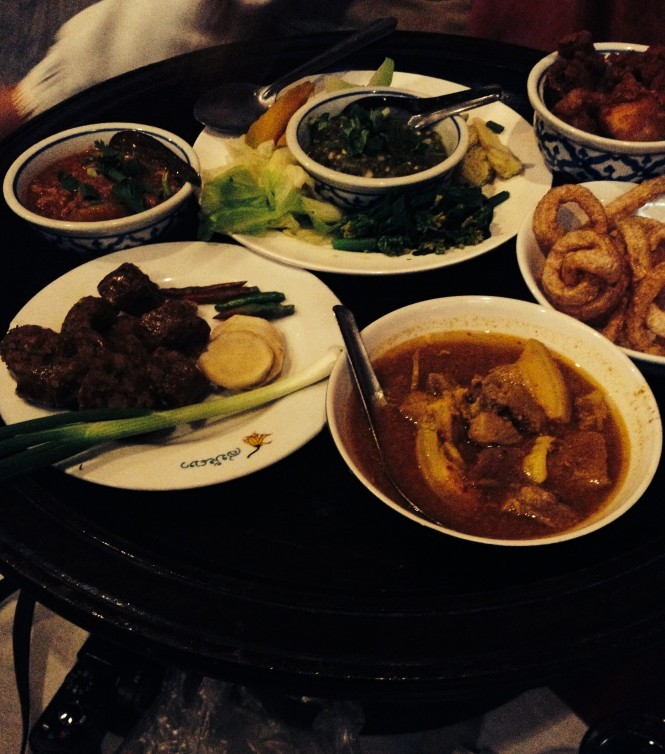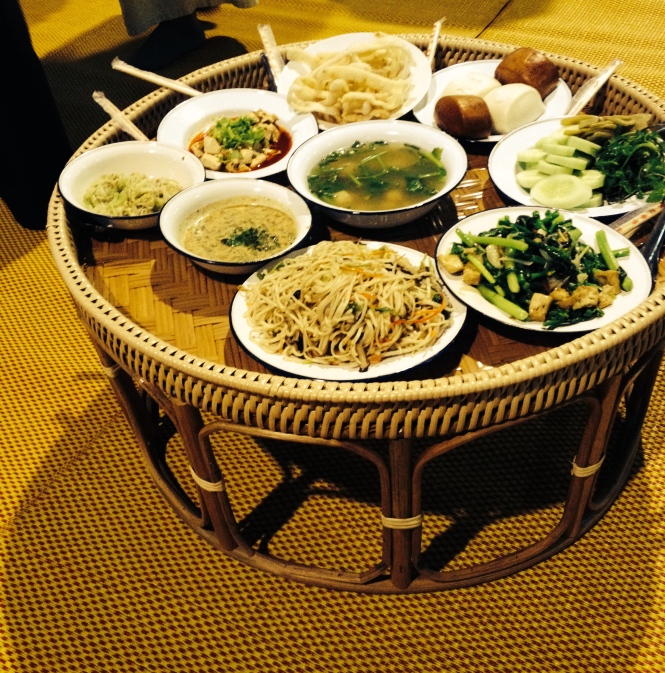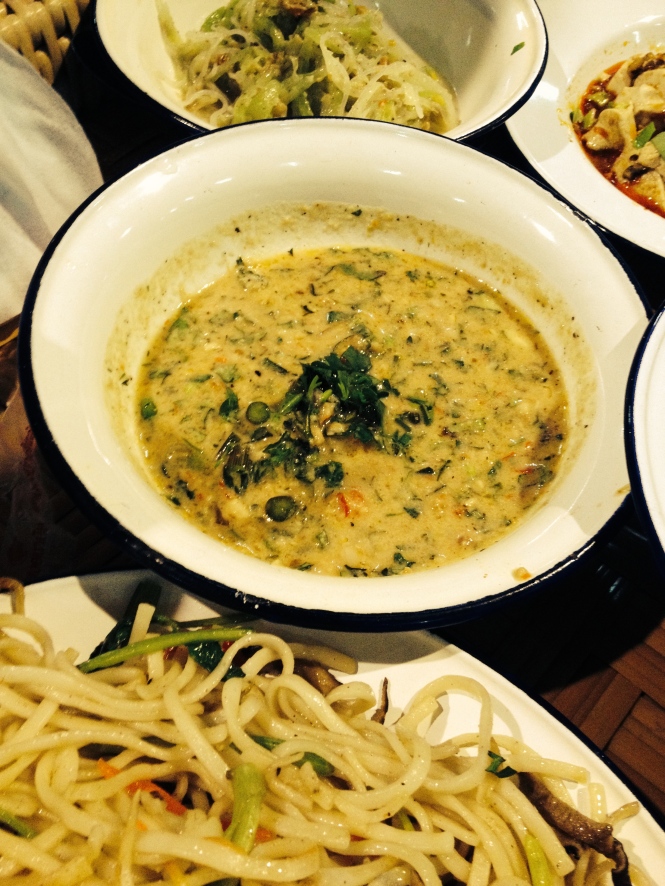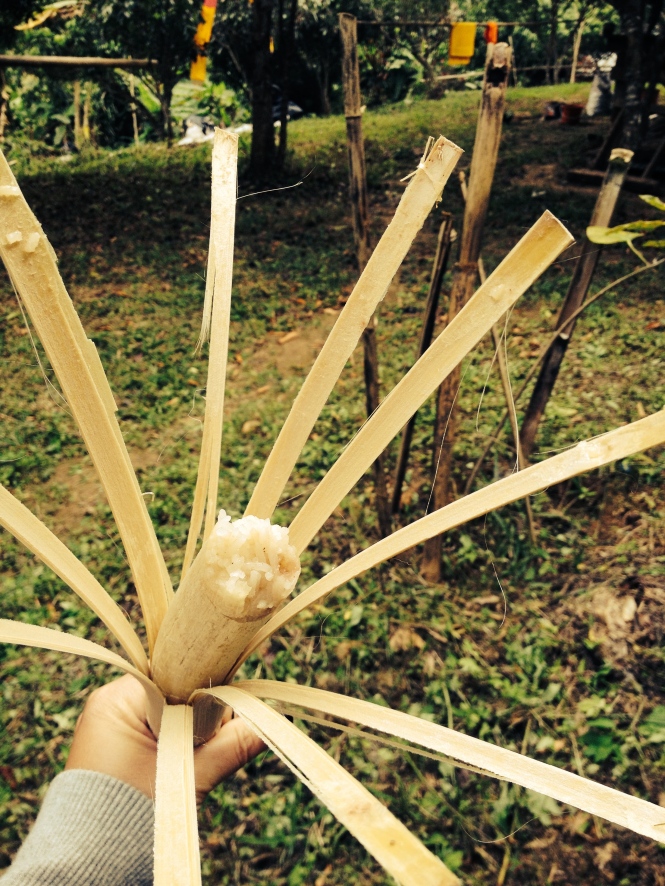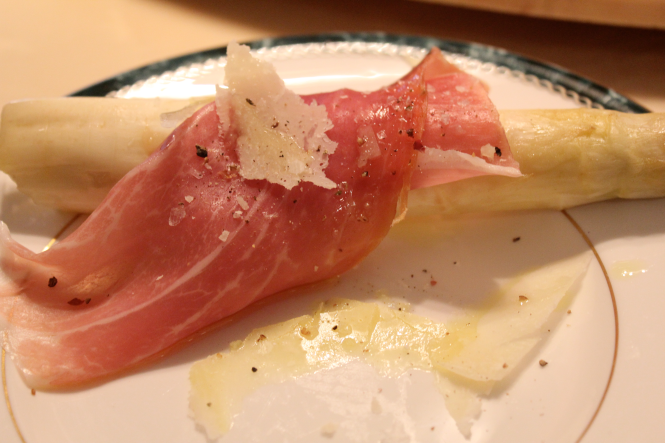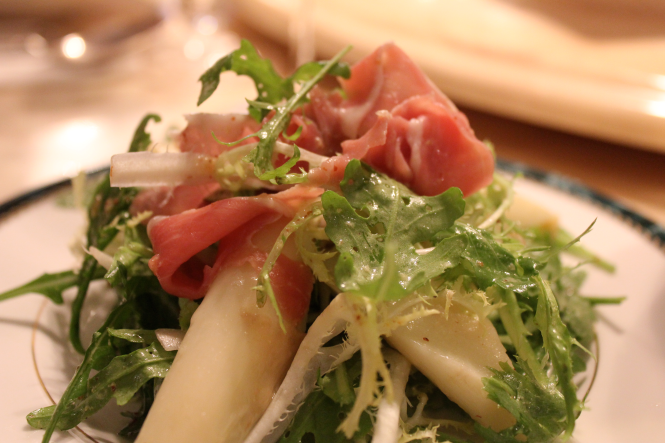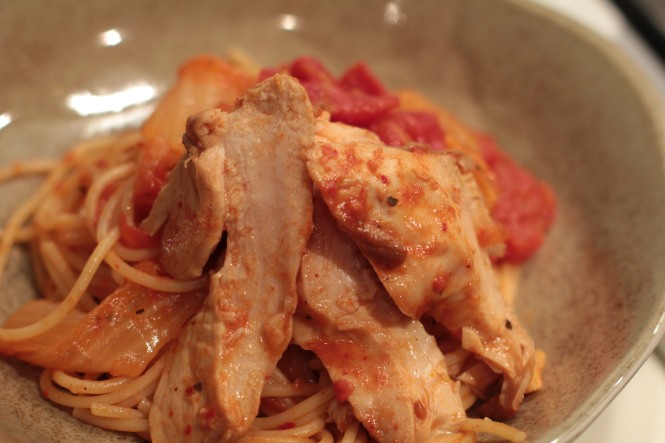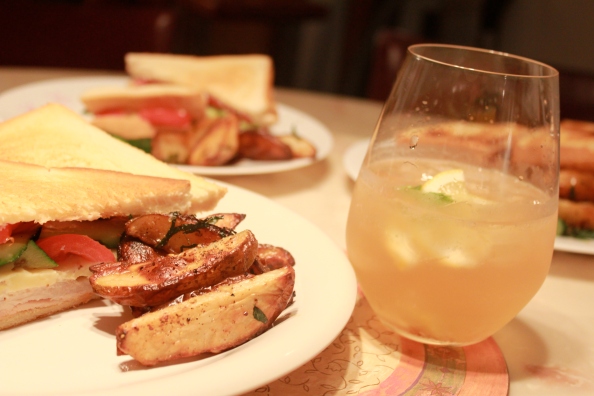
雖說都已經三月了, 台北還是灰暗陰冷. 沒有春暖花開, 夏天感覺更加遙遠. 默默肖想可以在游泳匙畔戴著大墨鏡吃火雞肉三明治喝檸檬水~ 只是這樣不親和的天氣, 窩在家裡似乎是比較實際的想法; 索性看完手上Frank Bruni從紐約時報餐廳評論家退下以後寫的 “Born Round”
紐約時報的餐廳評論比米其林評鑑有趣多了, 除了叉子星星的數量外以外, 還有毒舌描述. Bruni的風格尤其獨特, 而且有時毒得令人拍案叫絕. 雖說這些評論家都會用化名, 假電話甚至變裝來掩蓋身分, 但是其實在意自己評鑑的餐廳都默默地知道進門的是誰, 還會同業間互相通風報信. 我之前工作的紐約上東城餐廳裡, 衣帽間就釘著一張Bruni的照片.
當紐約時報要二度評鑑我們餐廳的時候, 據說當時是非常緊張的一段時期. 怎知在其中一次(紐約時報都謹慎地不會ㄧ次定生死), 一個非常緊張的busser竟然把整個tray的酒杯砸到Bruni旁邊的冰桶裡. “他嚇死了!” 告訴我這個故事的老牌法國Maitre D’笑到都要摔下椅子. “但我們還是四顆星”
這就是徫大餐廳獨有的自信和幽默感.
Bruni在這本自傳體的書裡寫了自己, 寫了家庭, 寫了他與食物之間幾經拉扯後終於達到的平衡. 也寫他和母親深厚的情感. 書裡一段寫母親為他做火雞肉三明治的文字很深刻; 所以就照著Bruni太太的堅持做了個三明治, 配上酥脆又沒油煙的薯條和帶有夏日檸檬水風格的調酒.
And if she were indeed home and turkey sandwiches were what we wanted, she’d make them for us. Not because she was some meek, doting servant: Mom drew too much attention to her exertions and was too transparent in her bid for plaudits to be taken for meek, doting servile. She made the sandwiches for us because she knew we wouldn’t slice the turkey as strategically as she did, in narrow but meaty slivers. we wouldn’t arrange those strategically sliced slivers on the bread so that each bite of the sandwich pulled out some but not all of the meat. we might not take the time to clean and dry a leaf of lettuce for the sandwich, and we might not remember to spread the mayonnaise on the meat, not the bread, because bread too readily sponged it up, lessening its rich, fatty say.
She made the sandwiches, in short, because she was better at it. but she also made them because doing that, and presenting them to us, was her shorthand for telling us that she was rooting for, and watching over us. that she was rooting for, and watching over, me.
Frank Bruni, Born Round

It’s almost mid-March, and it’s still gloomy cold in Taipei. No sign of Spring, and I long for a sneak peak of Summer: Turkey Sandwich and lemonade by the pool. And shades- the larger the merrier.
Too bad umbrella is the only option of accessory, so I retreat back to Frank Bruni’s secret history of a full-time eater. Bruni is probably my favorite Times restaurant critic; his whimsical, bitchy and sometimes cruel style just suites me perfectly. I’ve missed him so since he retired from the post, and the dining section is never the same. Oh the Times restaurant critics. Yes we all hear about their camouflage attempt. Yes back in the coat room of a Upper East side star restaurant that I used to work for, there was a picture of Bruni pinned on the wall. Yes if Bruni is in the house, it’s code red alert.
But I can never get tired of the story, told by one of the greatest Maitre D’s in the City, in his French accent. When Bruni was in to review us for the second time, of course everybody knew who’s sitting at Table 56. The nervous bus-boy lost his balance and dropped the entire tray of glasses down into the ice bucket- right next to him. “Oh boy, Bruni’s face says horror!!” The Maitre D’ laughed so hard then continued, “but the dinner went well, and we were again a four-star.” Remarkable sense of humor and confidence.
I flip over the last page of Born Round, happy with the fun and personal journey he again took me through, and decide to make some turkey sandwiches, following Mrs. Bruni’s tips, served with crispy baked potato wedges and a lemonade wannabe. Maybe summer isn’t too far away after all.

準備/Prepare (兩人份/Serves 2)
火雞肉三明治與烤薯條/ Turkey Sandwich & Baked Potato Wedges
- 4片土司 (白吐司或全麥都可以, 不過經驗是感覺奶油,牛奶越多的烤起來越好吃) 4 slices of toast (White or whole wheat, depending on your preference. But the buttery ones turn out great after toasting!)
- 1顆番茄, 切片 1 beef or large vine tomato, slice
- 1條小黃瓜切成長方型片狀 (我就是Bruni媽媽口中懶得去清洗生菜還一片片擦乾的人,但是小黃瓜不但省事,而且口感味道都很好) 1 English cucumber, cut into rectangle slices (too lazy to dry the lettuce but definitely love the crunchiness and freshness)
- 美乃滋/Mayonnaise
- 含籽帝戎芥末醬/Whole grain Dijion mustard
- 火雞胸肉(一人大約2-3片)/Several slices of turkey breast (2-3 slices per person)
- 切片起司數片 Several slices of semi-hard, creamy cheese of your choice (Cheddar,Emmental, Montary Jack, Provolone will all be great. I use Tomme de Savoie for a change)
- 海鹽及黑胡椒/ Sea salt & freshly crushed pepper
- 2顆馬鈴薯,切塊/2 potatoes, cut into wedges
- 2大匙鵝油/2 tablespoon goose fat
- 紅椒粉少許/Paprika
- 10-15片羅勒葉/10-15 basil leaves
- 辣椒片少許/Chili flakes
- 1茶匙赤楊木煙燻屑/1 teaspoon Alder wood chips

開始/Cooking
- Sous Vide溫度設定到85度, 將切好的馬鈴薯淋上少許橄欖油後密封(中高壓力), 煮90分鐘. Set water bath to 85℃, drizzle some olive oil over the potato wedges and vacuum seal them on medium to high, then cook for 90 minutes.
- 在等馬鈴薯的同時, 把火雞肉與起司放進可密封的容器裡, 以赤楊木煙燻後放入冰箱裡入味. While waiting for the potato wedges, put turkey breast and slices of cheese in a container, pipe in enough smoke, cover the container tightly then let it smoke away in the fridge.
- 把薯條從袋中拿出後平鋪在烤盤上, 加上鵝油, 海鹽, 胡椒, 紅椒粉跟辣椒. 以攝氏400度烤20分鐘, 或直到表面呈金黃色為止. 出爐前, 撒上切成絲的羅勒葉再烤1分鐘; 上桌前可以再撒上一些海鹽跟胡椒. 這樣做出來的薯條可以媲美有費工地先水煮, 然後過兩道油溫的薯條! Take potato wedges out from the bag and lay the them on a sheet pan, add goose fat, sea salt and pepper, sprinkle with paprika and chili flakes, into the oven of 400 ℉ for 20 minutes or until golden brown. Before serving, shred the basil leaves, sprinkle them on top of the potato wedges and bake for another minute. Pinch of extra sea salt and pepper to taste. The result- almost as good as the double or triple cooked fries!
- 把吐司烤到表面金黃 Toast your toasts.
- 組合三明治: 要記得Bruni媽媽說的, 美乃滋不能抹在麵包上!我的順序是: 火雞肉, 起司, 美乃滋, 芥末, 小黃瓜, 然後番茄. 蓋上麵包前再撒上一些海鹽跟胡椒. 這樣出來的三明治可以從第一口吃到最後一口都不會散掉. Assemble the sandwich: gotta follow Mrs. Bruni’s tip- mayo and mustard on the turkey, not the toast! I start with turkey breast, cheese, mayo and mustard, then cucumber and tomato, pinch of sea salt and some black pepper to finish.
- 與烤薯條一起裝盤就可以享用了! Serve with baked potato wedges and maybe some extra cucumber sticks on the side.

